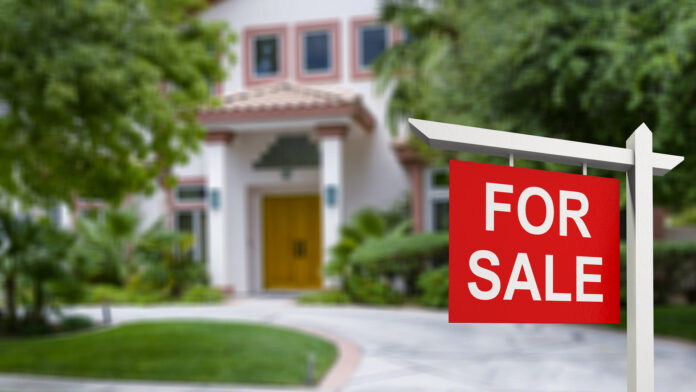Like most things, gentrification is a push-pull situation. On the one hand, it’s exciting to live in a fast paced, growing neighborhood with new businesses, new investments, new jobs and new restructures. Home and business values go up as do the number of jobs and the quality of schools. On the other, it’s daunting to live in a neighborhood where you’ve lived for 20 years or more and not be able to afford the ever increasing prices at new businesses and/or not be able to pronounce foods being served at new restaurants.
Stephen Moore, policy director for the non-profit FRESC organization that works to enable equal working and living conditions for all Colorado residents, says that “…many of our historically black and Hispanic communities are being destroyed explicitly by gentrification.” In Charleston, S.C., for example, the black population has decreased by 19% in a 15 year time period.
Realtor.com just released a survey on data they collected on the top 10 U.S. cities with the highest rates of gentrification. Here they are…
- Charleston, S.C. ranks the highest with a 62.5% gentrification rate and a median home price increase of 77.5% from 2000 at $152,000 to $270,000 in 2015. Everywhere in Charleston, it seems as though old structures are being torn down to build new ones.
- Asheville, N. C. has an 88% gentrification rate and a median home price increase of 50% from $125,000 in 2000 to $250,000 in 2015.
- Washington D.C. has the highest increase of median home prices at 228.3%! In 2000, the median home price was $159,000. In 2015, it was $525,000.
- Portland, OR has a 33.9% rate of gentrification and a median home price increase of 129.7% In 2000, prices were $148,000 and in 2015, the median home price was $340,000. Katrina Holland, the executive director of the Community Alliance of Tenants in Portland says that “…it’s the first time white, middle class families are being priced out of the housing market.”
- Denver, CO has a gentrification rate of 32.8% and a median home price increase of $162,000 in 2000 to $316,000 in 2015.
- Nashville, TN has a gentrification rate of 27.6% and a median home price increase of 73.1% with prices rising from $118,400 in 2000 to $205,000 in 2015. Daily, Nashville gains some 71-100 people. There is also intense speculation on the part of developers and investors in Nashville’s urban core.
- Sacramento, CA has a gentrification rate of 26.5%. The median home prices have risen from $127,000 in 2000 to $255,000 in 2015. That’s a 100% jump.
- Jersey City, NJ has a gentrification rate of 24.5% and a median home price increase of 167.6% The spread is $142,000 in 2000 to $380,000 in 2015. The housing market in Jersey City is driven by wealthy foreign buyers while renters are protected by rent control. Local businesses, however, are not protected by rent control and are being priced out of the market.
- Long Beach, CA has a gentrification rate of 22.4% and a median home price increase of 154.2%. In 2000, the price was $179,000 and in 2015, the price was $455,000. According to Rent Jungle, Long Beach monthly rents in the downtown area average $2,645. Millennials who love the walk-ability, ride-ability and arts attractions in the downtown core are flocking to Long Beach.
- Austin, TX has a gentrification rate of 22.2%. Median home prices have risen by 96.1% from $152,000 in 2000 to $288,300 in 2015. The local’s mantra, “Keep Austin Weird,” is fighting a losing battle. In East Austin, there were 250 people on a waiting list for affordable housing in 2006. In 2015, there were 700 on that waiting list.























